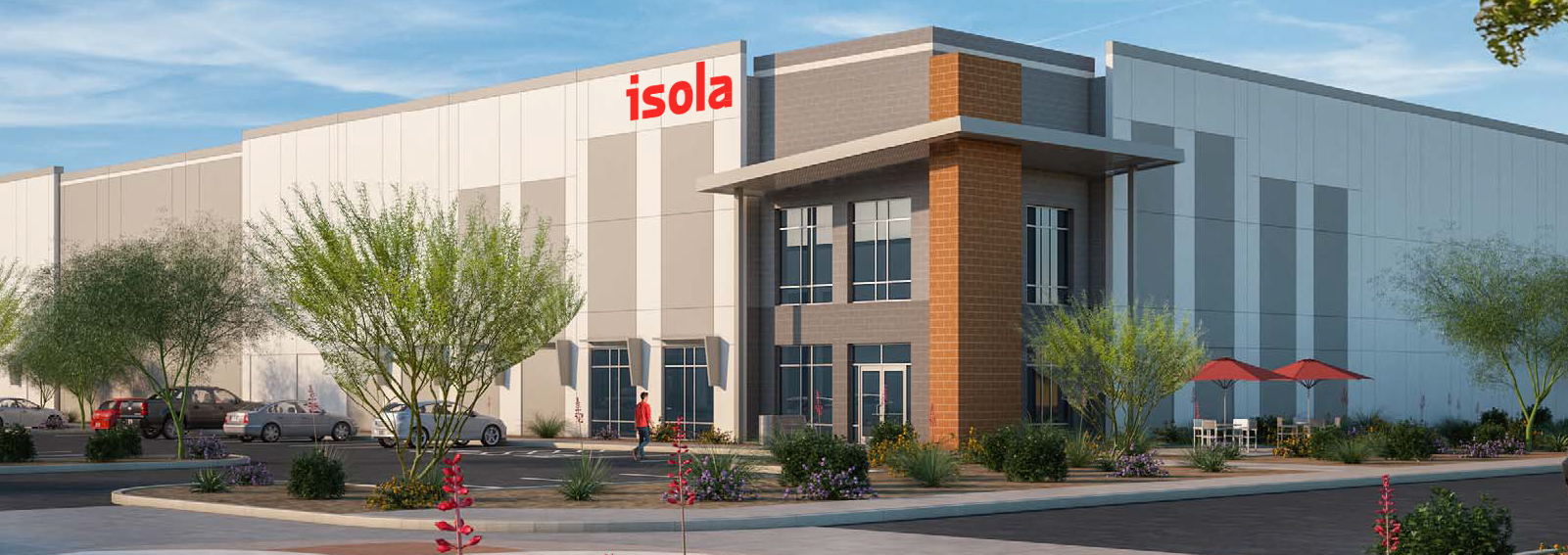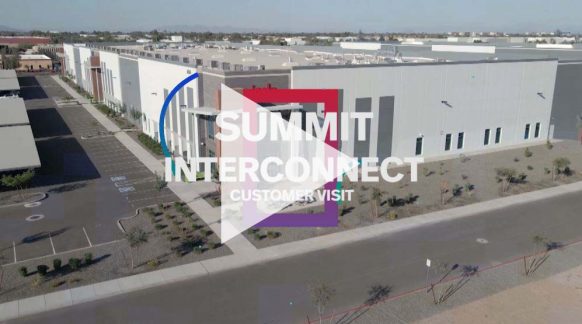Why So Many Circuit Materials?
Printed electronic circuits are part of everything we do, in growing numbers of electronic devices for computing, communications, transportation and many other functions. Those circuits, once so simple, now embrace many technologies, including analog, digital, DC power, and RF/microwave signal paths. To design printed circuit boards (PCBs) for those many circuits, designers much start with the best circuit material, selecting among myriad choices each offered as best for a technology. But why should one circuit material be better for a high-speed-digital (HSD) circuit than for a high-frequency analog circuit? Why can’t one material serve all technologies? Staring down long lists of PCB materials prior to starting a design can be intimidating without knowledge about the pros and cons of the materials for various circuit types. Modern PCBs perform a variety of functions—the more that is known about the functions, the easier to match them to a circuit material with the best characteristics.
A basic two-way radio relies on a variety of circuits, with RF, digital, power, control, and audio functionality. “One board fits all” would simplify the circuit design process, but the circuits have much diverse needs. Finding the best substrate material for each circuit is a matter of knowing as much as possible about each circuit. A PCB substrate is a dielectric insulator that isolates and protects electrical conductors and components, like the jacket around a cable. Effective blends of material transfer the electromechanical (EM) force of the conductors with minimal loss. As circuits grow more complex, often combining functions in hybrid arrangements, the requirements for their substrate materials become more challenging. Knowing as much as possible about each circuit can ease the task of finding the right circuit material for it.
In competitive markets, modern circuits perform many functions, at higher speeds and frequencies, and in smaller sizes. An amplifier that boosts the levels of high-frequency signals for transmission by a microwave radio may contain circuitry for power, control, transfer of modulated signals, even high-speed digital conversion, and a single PCB for all functions could provide a small, lightweight radio design. Why not use a single substrate material for the PCB?
Numerous substrates are available, based on combinations of dielectrics and reinforcements. They can be supplied as prepregs—without conductive metals—and as laminates with copper films. They are characterized by a bewildering number of parameters, often difficult to compare from one material data sheet to another. A key parameter is permittivity. It denotes a material’s capability to store charge or serve as a capacitor. It is often described by dielectric constant (Dk or κ) which is the ratio of the material’s permittivity to the permittivity of free space. A material’s Dk determines the dimensions of a conductor at a particular impedance, with higher Dk requiring smaller dimensions for a given impedance.
More important than its nominal value is the consistency of a circuit material’s Dk, especially at higher analog frequencies and digital speeds. Variations in Dk cause variations in conductor impedance and these should be minimized, especially as analog frequencies increase and digital speeds race higher. Circuit materials can suffer variations in Dk due to temperature, moisture, and inconsistency in its thickness (z-axis). So, while the nominal Dk value of a circuit material is an important circuit design parameter, Dk consistency is essential for any circuits in which circuit impedance and stability is a concern, a concern which tends to grow at higher analog frequencies and digital speeds.
Knowing a Circuit
How a circuit is used, such as its operating temperature range, determines the circuit material characteristics best suited for that application. Operating limits to consider include a circuit material’s electrical, mechanical, and environmental limits. With strict limits for all three categories, such as for space-bound or high-reliability (hi-rel) circuits and systems, a list of candidate circuit materials for a project can grow shorter very quickly.
A material’s composition accounts for its behavior. Dielectric materials with woven glass cloth reinforcement can achieve mechanical and thermal stability not possible without it. The type of circuit will point to the material composition required. A circuit at higher power levels, such as a power amplifier, will best be served by a substrate capable of low loss and high thermal dissipation, typically formulated with a woven-glass-reinforced material with low dissipation factor (Df), that contains filler particles to increase heat transfer capability.
The composition of a circuit material can also have much to do with the fabrication and assembly costs of a circuit such as an amplifier. Whether that amplifier is mounted on a single-layer PCB or part of a multilayer circuit assembly, it will generate heat which must be dissipated with various structures, such as heatsinks and plated thruholes fabricated on the circuit material. By knowing the requirements of the amplifier, circuit material can be selected for optimum electrical performance but also “fabrication friendly” by requiring shorter processing time and lower processing temperatures than costlier material choices.
By knowing more about a circuit under development, it is possible to know more of what to expect from the circuit materials selected for that circuit. Requirements for circuit functions vary widely, with optimum circuit performance achieved with a laminate having properties best suited to the specific needs of a circuit. Since some circuit parameters, such as highest performance and lowest cost, may conflict, the best choice of a circuit material is made by understanding the needs of the circuit as fully as possible and then weighing the characteristics of dissimilar circuit materials and how they relate to the needs of a circuit to be designed and fabricated. Of course, the material selection process must consider the manufacturing side as well as design challenges and such things as processing temperatures
This series of blogs will examine the needs of distinct types of circuits, including HSD and millimeter-wave (mmWave) circuits, and how real-world circuit materials can best support them, not just at the prototype stage but in production. These blogs will attempt to make the circuit material selection process a little easier, even when the list of PCB materials looks long. By knowing what the circuits require, the numbers on the circuit material data sheets make more sense and are simpler to sort through. The blogs will explain how circuits are being combined, how various circuit materials perform, and how materials are processed to save time and cost.
Many commercial materials offer attractive electrical, mechanical, and environmental characteristics while supporting the automated machining and processing temperatures needed for cost-effective, high-volume production. By knowing the needs of their assemblies, designers and fabricators can match those requirements to the right materials. This blog series will help by exploring how certain material characteristics best serve distinct applications and operating conditions. In the meantime, advisors at Isola Group are available to offer guidance and advice on the selection of an optimum circuit material. It starts with knowing the circuit!
 by Matthew Lake
by Matthew Lake
Senior Director of Advanced Technology
05 May 2022


